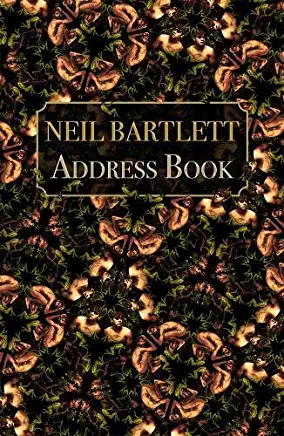
Ardently infused with the theme of exile, Diary of Fire tells the story of political refugee Camilo Mac as, who, as a boy, flees Cuba with his parents in 1969 to settle in Los Angeles. Narrated as memories from a present of loss--a fire has consumed Camilo's home--the novel weaves together journal entries, poems, letters, photos, and excerpts from the character's first published work of fiction. Ingenuously, Camilo sees those scattered writings as pieces of a puzzle that will some day be completed, thus showing him "the big picture." Key issues emerge from his narration: the sexual and physical abuse Camilo suffered as a child and the resulting trauma, his conflicted relationship with both communist Cuba and the Cuban exile communities in the United States, his bisexual nature, and the strained relationship he has with his father. Ultimately, Diary of Fire relates a story of survival. Events unfold as passages from a memoir. as he paints a self-portrait of a bisexual Cuban American writer in exile, Camilo strives to build a life out of fear and cruelty and ashes, but also out of hope.







